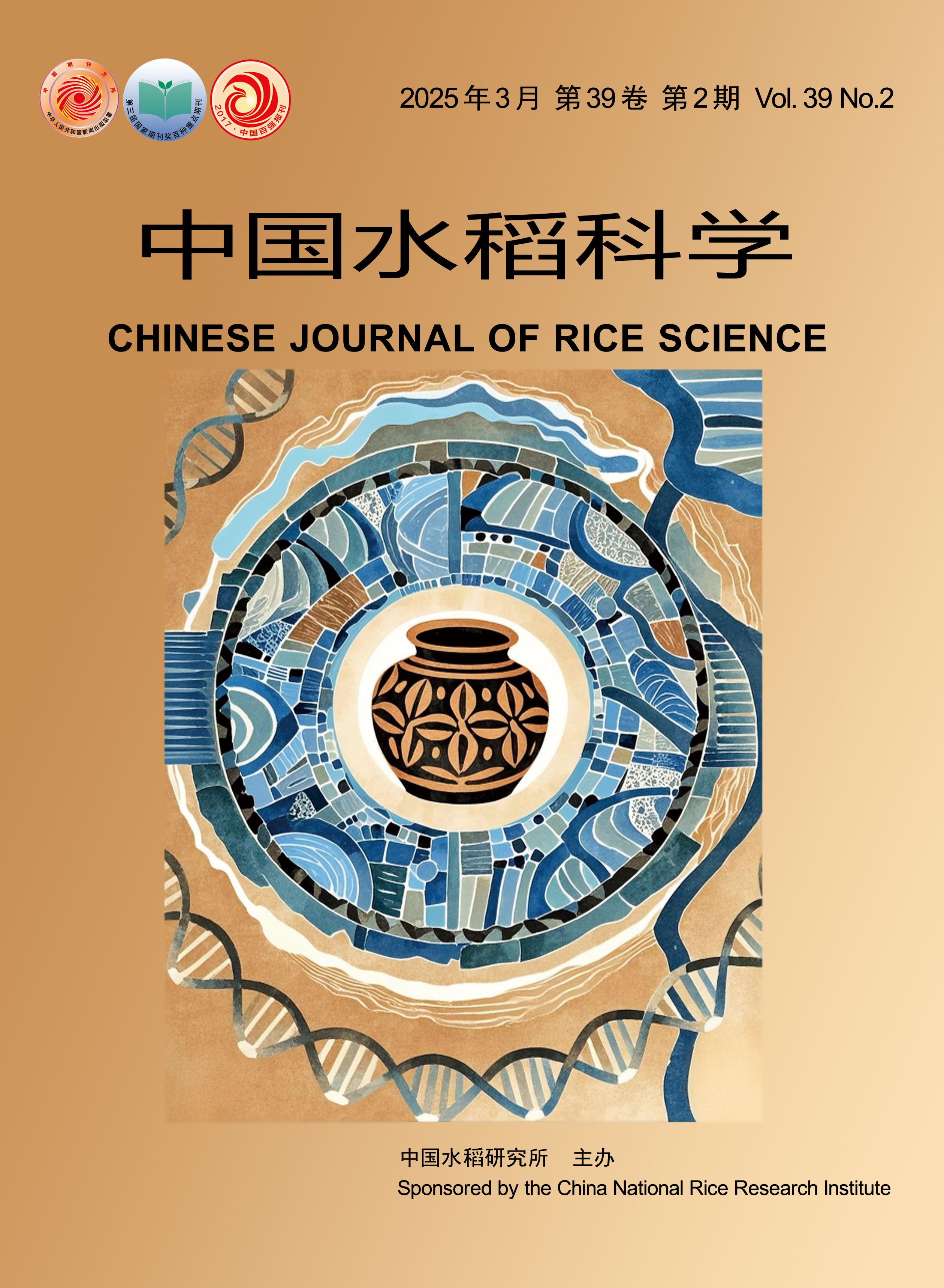【Objective】 Serine/arginine-rich (SR) proteins are a class of alternative splicing factors that regulate gene splicing in the brown planthopper, Nilaparvata lugens. This study aimed to clone five NlSR genes from N. lugens and identify their molecular characteristics, expression patterns, and biological functions, providing new insights for controlling brown planthoppers. 【Method】Based on the genomic data of N. lugens, the cDNA sequences of five NlSR genes were cloned using RT-PCR. Their sequence characteristics were analyzed. The expression profiles of NlSRs in different developmental stages (egg, 1st-5th instar nymphs, and male and female adults) and tissues (salivary glands, integument, fat body, ovaries, and midgut) of N. lugens were detected using qRT-PCR. RNA interference (RNAi) technology was utilized to interfere with the relative expression levels of the NlSR genes. The expression of NlSRs, survival rates, honeydew production, and body weight gains of N. lugens after RNAi were measured. 【Results】Five cDNA sequences of NlSR genes were cloned, which were designated as NlSRSF1, NlSRSF2.1, NlSRSF2.2, NlSRSF7.1, and NlSRSF7.2. Based on phylogenetic tree analysis, the deduced proteins were classified into three subfamilies: SRSF1, SRSF2, and SRSF7. The open reading frames of the NlSR genes ranged from 495 to 508 bp, encoding proteins with 164-235 amino acids. The predicted molecular weights ranged from 19.54 to 26.76 kD, with isoelectric points ranging from 9.53 to 11.83. These proteins were hydrophilic and alkaline, with instability indices ranging from 63.55 to 131.97. The encoded proteins contained an N-terminal RNA recognition motif (RRM) and a C-terminal arginine/serine-rich domain (RS). NlSRSF7.1 and NlSRSF7.2 also contained a ZnF_C2HC domain. NlSRs were expressed in various tissues of N. lugens, including salivary glands, integument, fat body, ovaries, and midgut. Among them, NlSRSF1 and NlSRSF2.1 exhibited high relative expression levels in salivary glands. NlSRSF1 was primarily expressed in eggs and 1st instar nymphs, while the remaining NlSR genes were predominantly expressed in adults. RNAi experiments showed that targeting NlSRSF1, NlSRSF2.1, and NlSRSF7.2 significantly reduced the survival rate of N. lugens compared to the control group (dsGFP). However, interference with NlSRSF2.2 and NlSRSF7.1 did not significantly affect survival rates. Interference with all NlSRs significantly reduced honeydew production and body weight gains in N. lugens. 【Conclusion】This study successfully cloned five NlSR genes from N. lugens, analyzed their sequence and expression characteristics, and determined their effects on the life activities of N. lugens through interference. This provides a foundation for further investigation into the biological functions of NlSRs in N. lugens.

